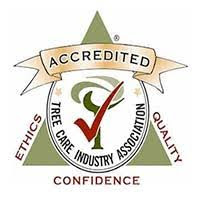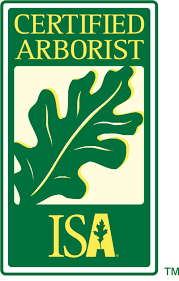Rain, hail, thunderstorms, and strong, tornadic winds.
60 degrees and sunny one day, 100 degrees and humid the next.
The wild weather of St. Louis has struck again.
The week of July 5th, the St. Louis area was hit with one of the quickest and biggest storms our area has seen in a long time. It was sad to see so many mature and historical trees uprooted and laid over due to the strong, whipping winds and heavy downpours. The trees took a beating and sometimes, people get injured cleaning up the aftermath.
You may be dealing with the mess of trees and tree limbs on the ground, but do not forget about the trees that survived the storm. Those trees still suffered. Strong winds or even a short microburst can strip away leaves from branches or cause a large limb to break and hang there. The best proactive decision you can make to protect both your trees and the structures around them is to hire a professional tree care company. Anyone with a chainsaw, ladder, truck and trailer can be considered a tree trimmer. But, it takes years of training and experience to properly handle tree maintenance and pruning. Certified Arborists have the skills and knowledge required in dealing with tree health, as it is necessary to avoid unnecessary work and damage to trees.

Insurance & Licensing
What kind of insurance should they have?
How To Find a Good, Reputable Company
Ask around. A family member, neighbor, friend, Facebook, and NextDoor are good references for finding a reputable tree care company.
Read Reviews! Many customers will leave reviews on Facebook, Google, and Yelp.
Do Your Research. Sites like TreesAreGood.org, ISA, and TCIA are great sites to find out who’s certified and accredited.
Credentials


Estimates/Quotes
Get more than one bid, but understand the difference between the lowest and the highest price. Just because you received the lowest/cheapest bid, does not mean you will receive a quality job. Every company and every estimate is written and drafted differently. Receiving multiple bids will give you some very valuable information. Review and compare each bid. Ask questions to understand the price difference between the cheapest vs. the highest priced estimate.
The tree care industry is not a cheap industry. It costs many companies $200-$500 an hour just to operate. There are multiple things to consider when a sales arborist is conducting an estimate, such as:
A good proposal will be legible, detailed, and specific to the scope of work being performed.
Questions to ask:
How will they access the tree that is going to be pruned?
How will your yard look when they are done?
Will they blow the sawdust off the roof or will they walk away during their final clean-up?













